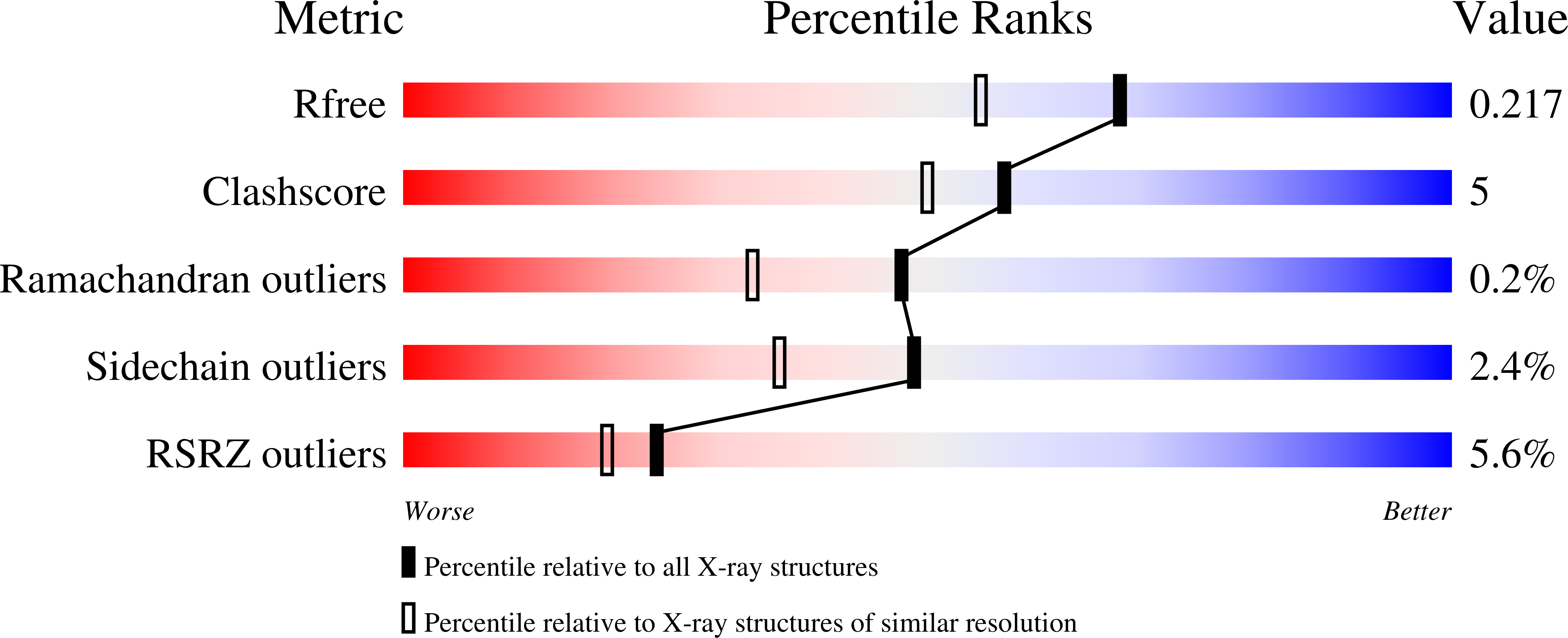
Deposition Date
2006-11-23
Release Date
2007-05-29
Last Version Date
2023-08-30
Entry Detail
PDB ID:
2NZE
Keywords:
Title:
Structure of beta-lactamase II from Bacillus cereus. R121H, C221S double mutant. Space group P3121.
Biological Source:
Source Organism:
Bacillus cereus (Taxon ID: 1396)
Host Organism:
Method Details:
Experimental Method:
Resolution:
1.80 Å
R-Value Free:
0.21
R-Value Work:
0.17
R-Value Observed:
0.17
Space Group:
P 31 2 1


